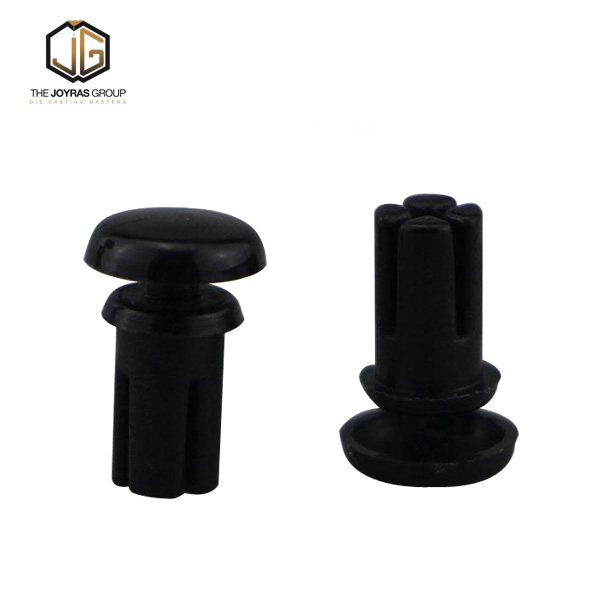Key aspects and steps involved in the production of CNC machined parts from nylon
2024-03-04
Nylon CNC machined parts are components produced through the process of CNC machining using nylon as the material. CNC machining, or Computer Numerical Control machining, is a manufacturing process that uses computerized controls and precision cutting tools to remove material from a workpiece, creating custom parts with high accuracy. Here are the key aspects and steps involved in the production of CNC machined parts from nylon:
1. Material Selection:
- Nylon is a synthetic polymer known for its durability, strength, and resistance to abrasion. It is widely used in CNC machining for its versatility and ease of machining.
2. Design and Programming:
- The design of the CNC machined parts is created using computer-aided design (CAD) software. Once the design is complete, a CNC programmer generates a program that guides the CNC machine to create the desired geometry.
3. Fixturing:
- The nylon workpiece is securely mounted onto the CNC machine using fixtures. Proper fixturing is crucial to ensure stability during the machining process and to prevent inaccuracies.
4. Tool Selection:
- Various cutting tools, such as end mills, drills, and reamers, are selected based on the design requirements and the characteristics of the nylon material. Tools with appropriate geometries and coatings are chosen to achieve optimal results.
5. Machining Operations:
- The CNC machine follows the programmed toolpaths to perform the necessary machining operations. These operations may include milling, turning, drilling, threading, and other processes to shape the nylon workpiece according to the design.
6. Coolant Application:
- Coolant or lubricant is applied during machining to dissipate heat, reduce friction, and improve the machinability of nylon. This is particularly important to prevent melting or deformation of the material during cutting.
7. Quality Control:
- Throughout the machining process, quality control measures are implemented. Precision measuring instruments, such as calipers and micrometers, may be used to check dimensions, tolerances, and surface finishes to ensure they meet the specified requirements.
8. Deburring:
- After machining, nylon parts may have sharp edges or burrs. These are removed through a deburring process to ensure a smooth and safe final product.
9. Surface Finishing (Optional):
- Depending on the application and aesthetic requirements, CNC machined nylon parts may undergo additional surface finishing processes, such as polishing or coating, to enhance their appearance and functionality.
10. Final Inspection:
- The finished CNC machined nylon parts undergo a final inspection to verify that they meet all quality standards and specifications. This includes a thorough check for dimensional accuracy, surface finish, and overall quality.
Nylon CNC machined parts find applications in various industries, including automotive, aerospace, electronics, and consumer goods. Nylon's properties make it suitable for parts requiring strength, impact resistance, and low friction. The CNC machining process allows for the production of precise and complex parts from nylon, meeting specific design and engineering requirements.



